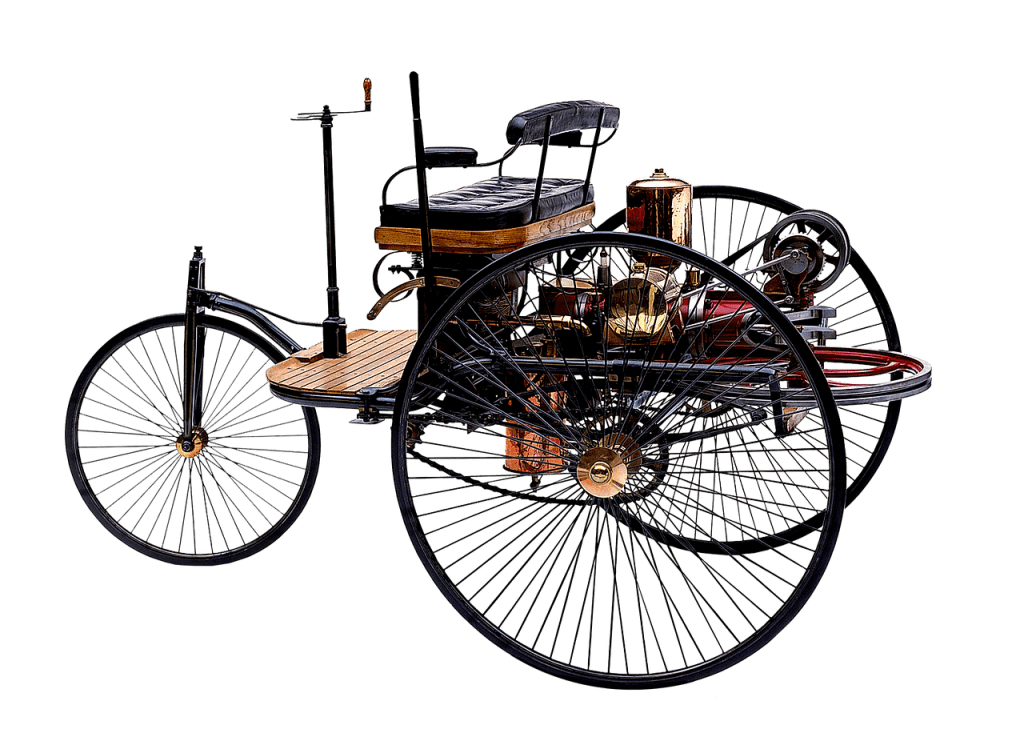Patentability Requirements in India
A patent is an exclusive right granted to the original inventor for his invention. The invention can be a process or a product. Section 2(1) (j) of the Indian Patents Act, 1970 defines an ‘invention’ as any new product or process which involves an inventive step and is capable of industrial application. The principle of Patent Law is that an idea is not patentable. It is the practical application of the idea that leads to patentability.

The requirements for a patent are the following:-
- Novelty
- Inventive step
- Industrial applicability
In India, one patent is given for one invention. Starting from the filing date for a patent application, a patent is valid for a period of 20 years and this term can be renewed.
The Indian Patent Act does not state what can be patented but, it does give an exhaustive list of the inventions which cannot be patented. The following are some of the inventions not patentable under section 3 and 4 of Patent Act, 1970.
- scientific principles,
- invention which is contrary to well-established natural laws,
- formulation of abstract theory,
- frivolous inventions,
- prejudicial to morality or injurious to public health,
- a method of agriculture or horticulture,
- method of treatment,
- admixture,
- traditional knowledge,
- Incremental inventions without an increase in efficacy and inventions related to atomic energy
Patentability Requirements in the USA
To achieve patentability in the USA there must be utility, novelty and non-obviousness. Generally, an invention is not novel if it was known to the public before you invented it, it was described in a publication more than a year before you filed, or it was used or sold publicly more than one year before you filed. You get one year period after the public disclosure or sale to file the patent application. Failure to do so will result in you not getting the patent.
The US patent statute states that an invention is deemed obvious, “…if the difference between the subject matter sought to be patented and the prior art is such that the subject matter as a whole would have been obvious to a person having ordinary skill in the art to which the subject matter pertains.” In Graham v. John Deere, the Supreme Court introduced a three-part system of checking obviousness. The Court checks the scope and content of the prior art and any, ordinary skill involved and compares the prior art and current application. It will also look at the secondary considerations used to show that the invention was not obvious at the time of its creation.
For utility, the Patent law states that the invention must have practical utility, operability, and beneficial utility.
The inventions must also fulfil subject matter requirements. First, the invention must be in one of the four categories defined by 35 U.S.C. 101; ie, process, machine, manufacture, or composition of matter. Second, it must not be a subject matter that qualifies as a “judicially recognized exception.” These judicial exceptions are what Courts have found to be outside of, or exceptions to, the four statutory categories of invention, and are limited to abstract ideas, laws of nature and natural phenomena (including products of nature).
Patentability Requirements in the EU:
There are 4 standards according to EPC (European Patent Convection). An idea or invention is deemed to be patentable if: –
- Involves an inventive step
- It should be novel
- Industrial application.
- It is not disqualified by Article 52(2) and (3) of EPC.
As per EPC “the invention must not be found at a previous date in any matter, whether a product, a process, the information has not been made available to the public whether in a European country or anywhere in the world”, this makes getting a patent in Europe harder than in the USA.
The industrial application plays an important role in granting the patent.
“If an invention can be made or used in any industry, including agriculture, it is considered to be capable of the industrial application under Section 4.”
Patents are awarded for inventions involving an inventive step. To qualify for a patent, a person’s ordinary intelligence, brain power, and skill in the art cannot derive the claims of the inventions.
There is some exception to these standards. Some of them are listed below:
- If the invention has a non-technical characteristic, it is excluded from granting the patent.
- Some inventions that are anti-social, immoral, or offensive in nature are also excluded.
- A scientific theory, a discovery, or a mathematical method is also excluded.
Author: Ishant Singh, Legal Intern at PA Legal.
In case of any queries, kindly contact us here.
Thank you for reading our blog! We’d love to hear from you! 🙂
- Are you Interested in IP facts?
- Would you like to know more about how IP affects everyday lives?
- Have any questions or topics you’d like us to cover?